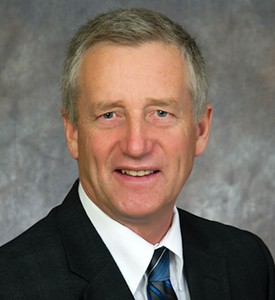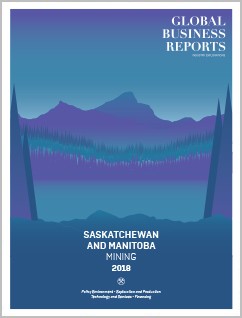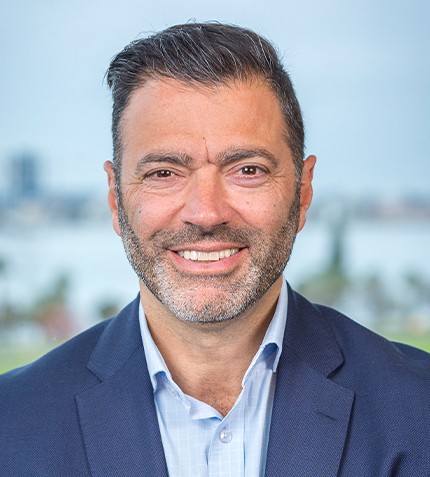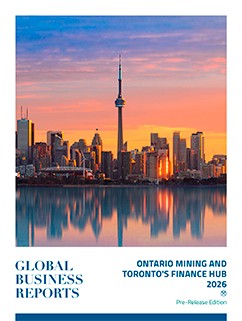
The new Government of Manitoba is determined to bring business to the province and is focusing on mining potential.
RELATED PUBLICATION
ARTICLES FROM THIS PUBLICATION
- Saskatchewan’s Mining Industry: Converting Potential into Success
- Building Foundations: Manitoba’s Mining Renaissance
- Advancing Uranium Exploration in Saskatchewan: Preparing for an Upturn
- Manitoba’s Exploration Potential
- Technology and Services in Manitoba and Saskatchewan: A Conservative Industry Embracing Change
Hon. Blaine Pedersen
MINISTER OF GROWTH, ENTERPRISE AND TRADE, MANITOBA GOVERNMENT
What is the main vision of the current administration in Manitoba?
Our main message is that Manitoba is open for business. Actions such as red tape reduction and regulatory accountability will make the difference in terms of attracting the investment that Manitoba needs. Our finance department did a review of the number of regulations in place, and it turns out that we have more than 900,000. There are many redundant regulations within every department, which is something that affects businesses. We are consulting with the business community to find out which regulations are burdensome for them.
How attractive is Manitoba for mining investment?
When this government started, we were 19th in the Fraser Institute’s ranking of the world’s most attractive jurisdictions for mining investment, so to move up to second place worldwide in just one year is very significant. While the price of nickel is very low, this is actually the right time to invest. We are working on the regulatory side, so that when mining companies look at Manitoba they can have confidence in their ability to invest here.
We are looking at this from a long-term perspective, because it is the government’s role to set the environment. The previous Manitoba administration was not business-friendly, and business goes where business is wanted. Things also cannot be turned around immediately; we need to build our reputation in Manitoba. We have done our share over the year and a half that we have been in government, but mining is a long-term business so we need to continue working in the right direction.
What support are you providing for a better consultation process with local communities?
Percentage-wise, Manitoba has a large indigenous population, mainly located in the north. We have appointed Chief Ron Evans and Jim Downey, a former cabinet minister, to co-chair the Mineral Development Protocol. They are reaching out to the mining companies and the First Nations communities to put together this protocol. During the 17 years of the previous administration, there was never a clear framework, which led to mistrust, indecision and in some cases reluctance by mining companies to invest. This protocol will start at the prospecting phase and will go all the way through the mine life and the closure and rehabilitation of the mine. So far, the perception has been that indigenous populations are against mining, but this is not the case – they are just struggling with the consultation process like the other parties involved. Vale and Hudbay have been very good at dealing with First Nations communities, but these relationships have been built in the known Flin Flon and Thompson mining areas. We are now focused on the development of new mines. We expect the new protocol to be finished in early 2018.
Industry leaders complain that they are unfairly taxed, compared to other provinces and other industries. What is the government’s position on the tax framework?
The tax framework is all about finding a balance. It may be the case that there is PST applied to some of the mining equipment in Manitoba that is not applied in Saskatchewan, for instance, but the bigger picture should also be taken into account. We do not fluctuate up and down like our provincial counterparts to the west, which are heavily resource-dependent. Here in Manitoba, we have a stable economy, we have very competitive hydro rates, and a great geoscience database that companies can benefit from. Wages in Manitoba are also more competitive compared to the other resource-based provinces.
From our perspective, we are facing some severe challenges as a government too. When we came into office in May 2016, we were spending C$3 million a day more than we were bringing in. We have already cut that down to C$2.25 million. As we continue to improve our fiscal situation, that will then allow us to be more competitive.
How is the Look North plan going to help the development of new mining projects?
We are very excited about the potential in northern Manitoba. Vale and Hudbay were established decades ago, and then there was a huge gap in investment, so we are looking at setting up a regime that will make up for that gap and allow investment to come. The Mineral Development Protocol is one step in that direction. With regard to the Look North plan, we know that mineral extraction will still be the major employer in that region. There is also tremendous potential for tourism and small businesses, but mining will always be the major driver.











